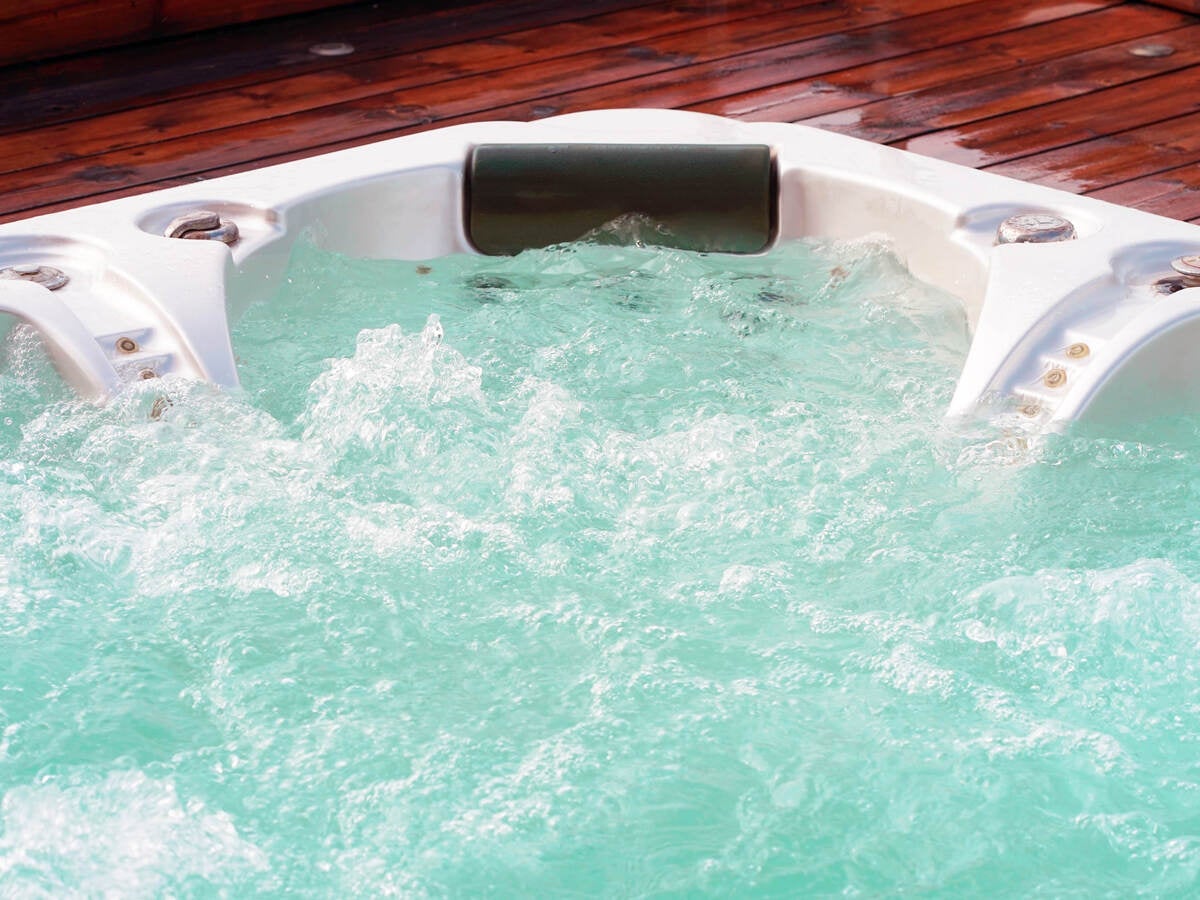June 11, 2019
Written by: Roderick Manalac, staff engineer
The pool and spa industry experiences regular updates and developments regarding energy efficiency standards for portable electric spas. California, as the largest spa market in North America, is one of the few states that has created an energy efficiency standard for above-ground, portable electric spas.
In 2004, the California Energy Commission (CEC) set a maximum limit on how much power a spa may consume during standby mode. As a result, every portable electric spa — i.e., standard portable/storable spas, portable spas, exercise/swim spas, and combination spas — sold in California must be tested for energy efficiency under California Title 20 Section 1601(g). Oregon, Connecticut, Washington and Arizona have also adopted CEC’s Title 20, while others have created their own similar requirements.
In 2014, the Association of Pool and Spa Professionals (APSP) created their own American National Standards Institute (ANSI)-approved standard for portable electric spa energy efficiency called APSP-14. Many states have adopted APSP-14 as their standard for energy efficiency. CEC and APSP began working to create a consistent set of requirements to test spas on a national level and, on June 1, 2019, CEC will adopt the test methods and requirements found in ANSI/APSP/ICC-14 2014 with minor modifications.
UL services
With considerable experience in the pool and spa industry, and a respected reputation as a reliable third-party test laboratory, UL is prepared to help manufacturers evaluate their products and meet applicable safety standards. Details on these services and some of the requirements of CEC Title 20 and APSP-14 can be found below.
- Both CEC Title 20 and APSP-14 allow spa manufacturers to conduct their own in-house energy efficiency testing. Under APSP-14, a manufacturer’s test chamber/equipment must be audited on an annual basis by an independent, third-party certification body. The current CEC Title 20 does not require a manufacturer’s test chamber/equipment to be validated; however, once CEC adopts APSP-14, specifically Appendices A, B, and C, spa manufacturers that do their own in-house testing will be required to go through a similar audit.
UL provides a one-day service to audit a manufacturer’s test chamber/equipment and determine compliance to the requirements of Appendices A, B and C of APSP-14. A successful audit allows spa manufacturers to conduct their own in-house testing to both CEC Title 20 and APSP-14.
- CEC Title 20 and APSP-14 allow energy efficiency testing to be done by an independent, third-party test laboratory. As a certified test laboratory under CEC’s Modernized Appliance Efficiency Database System (MAEDBS), UL can test portable electric spas to the CEC Appliance Efficiency Regulations Section 1604(g)(2) and APSP-14. We can also submit the test data directly to CEC on behalf of the spa manufacturer by uploading test data directly to CEC’s MAEDBS system.
We offer single-source service. All manufacturers need to do is send us their product samples, and we will test to both requirements and submit data directly to CEC. Since APSP-14 is a self-declaration scheme, they do not have a database to input/store data of tested spas. Currently, the Energy Guide label is the only method to identify if the spa complies with APSP-14
- UL’s test chamber is a modular design that can be modified to accommodate spas of all sizes and types — from small inflatable spas to large, 20-foot combination spas.
- We can also conduct custom testing as requested by a spa manufacturer. For example, in addition to measuring the energy used during a spa’s standby mode, we can measure the amount of energy consumed for a specified period of time, e.g., 24 hours, when the spa is used. The data is vital, and spa manufacturers may find them necessary to help with internal research, efforts to reduce manufacturing costs or increase production and future spa developments/designs.
With the support of a respected third-party laboratory, you can pursue the markets you want with the certifications you need. By only having to turn to one source, the process is easier than ever. Let us help you keep pace with the evolving requirements of the pool and spa industry to learn more visit UL.com/PoolandSpa or email ApplianceInfo@ul.com.
Stay informed with the Appliance Advisor Newsletter
Stay in the know with real-time Appliance, HVAC/R and Water industry updates from UL

